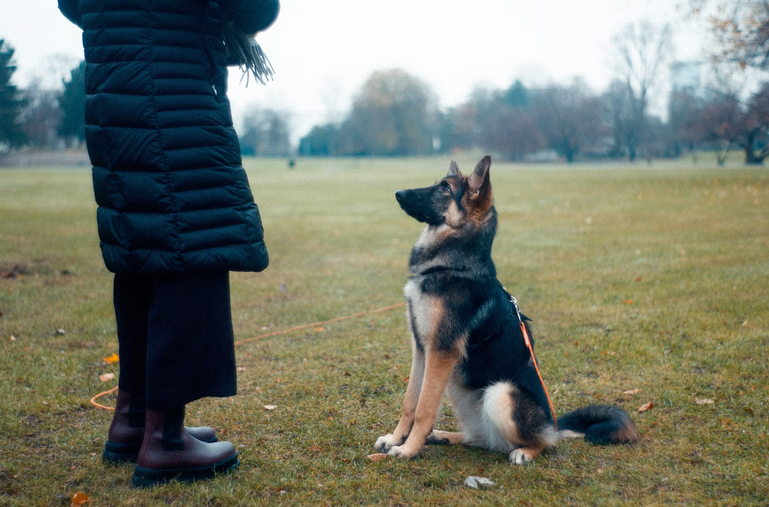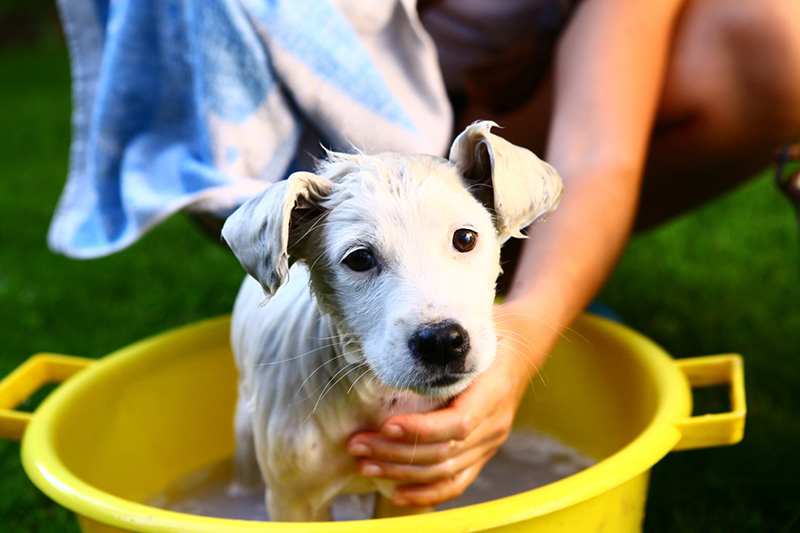As humans have their own quirks and preferences, dogs exhibit diverse personalities, behaviors, and learning styles. When it comes to training, understanding and tailoring techniques to match your dog’s specific breed traits and individual character can make all the difference in their learning journey. Moreover, finding a good dog trainer who comprehends these breed-specific traits and can customize training accordingly can significantly impact your dog’s progress. Here’s a guide to customizing training methods for different breeds, embracing their uniqueness, and optimizing the training experience.
Breed-Specific Traits

Each breed comes with its inherent tendencies and inclinations shaped by generations of selective breeding. Understanding these breed-specific traits is essential in determining the most effective training approach. For instance, herding breeds might respond well to activities that engage their natural instincts, while toy breeds might benefit from gentle handling and positive reinforcement.
Training Methods
Flexibility in training methods is key when working with different breeds. Some breeds might respond better to gentle guidance and positive reinforcement, while others might require firmer direction. Adapt your approach based on your dog’s temperament and what motivates them—be it treats, toys, or praise.
Strengths
Different breeds have varying strengths and interests. For example, retrievers often excel in activities involving fetching and retrieving, while terriers might thrive in tasks that challenge their intelligence. Tailor training sessions to incorporate activities that align with your dog’s breed-specific skills, providing mental stimulation and fulfillment.
Exercise and Mental Stimulation

Many breeds have specific exercise needs. High-energy breeds, such as Border Collies or Huskies, benefit from activities that engage both their minds and bodies, such as agility training or interactive games. On the other hand, cephalic breeds might require more breaks during exercise due to their limited respiratory capacity.
Socialization and Behavioral Training
Socialization is crucial for all breeds, but the approach might differ based on breed tendencies. Some breeds, like the Shih Tzu or Cavalier King Charles Spaniel, might naturally gravitate towards social interactions, while others, like the Akita or Chow Chow, might be more reserved. Gradually exposing them to various situations is essential in shaping their behavior positively.
Patience and Consistency
Regardless of the breed, patience and consistency are universal principles in dog training. Building a strong bond with your dog takes time, so be patient and consistent in your training efforts. Celebrate small victories and remain persistent in reinforcing positive behaviors.
In the tapestry of dog breeds, diversity is not just a trait. It’s a rich mosaic of personalities, instincts, and characteristics. Tailoring training methods to suit your dog’s individuality honors their uniqueness, fostering a deeper understanding and stronger connection between you and your furry companion.





